LightWELD®
Important Safety Information
The LightWELD system produces invisible laser light that may cause injuries to the operator
or individuals nearby during operation, maintenance or service. To ensure the safe operation
and optimal performance of the LightWELD product, follow all safety instructions and
warnings in the User Guide. Safe operation also requires adherence to all laser and welding
safety guidelines issued by the American National Safety Institute, including ANSI Z136.1
and ANSI Z49.1.
Safety precautions must be taken during all phases of operation, maintenance, and service.
For safety's sake, please ensure that all users review the User Guide in its entirety and are fully trained.
Safety precautions must be taken during all phases of operation, maintenance, and service.
For safety's sake, please ensure that all users review the User Guide in its entirety and are fully trained.
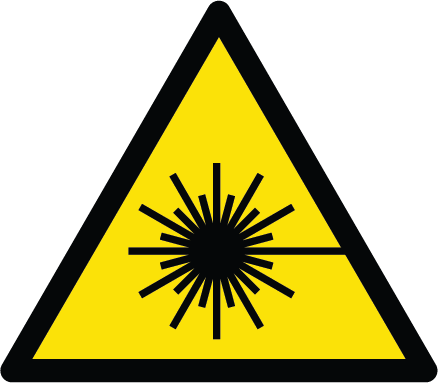
Laser Radiation
Exposure to laser light can inflict severe retina and/or cornea injuries
leading to permanent eye damage and may cause skin damage. Laser light may be
invisible. Safety protocols must be followed to prevent accidental exposure to
invisible, direct and reflected beams. The system must only be operated in a Laser
Controlled Area.* Skin Hazard Exposure to infrared (IR) and UV light radiation can cause
serious injury to the skin. Operators and all personnel working within the Laser
Controlled Area must wear protective clothing including laser-resistant and heat
resistant gloves, caps, leather apron and other laser-resistant and heat-resistant
clothing. Sleeves and collars should be buttoned at all times. Depending on the
intensity of the IR light, skin injuries may also include thermal burns or excessive dry
skin. Exposure to UV light may cause sunburn and will increase a welder's risk of skin
cancer and accelerated signs of skin aging. Welding sparks may also cause burns. Laser
beam can penetrate through metal parts to objects or persons on the other side. Never
hold parts for processing in a position where laser penetration of the metal may result
in a hazard.
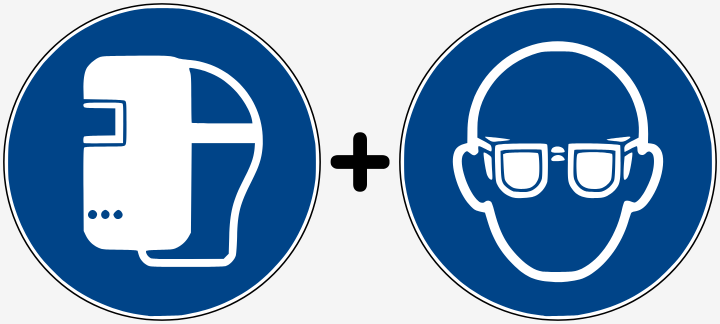
Eye Damage
All persons in the Laser Controlled Area must wear all recommended personal
protective equipment (PPE), including the provided IPG laser safety glasses and IPG
helmet with shield, provided with the LightWELD device, to protect against eye damage
from any reflected or scattered laser beams as well as welding bright light, ultraviolet
(UV) light, heat, and sparks. Only the combination of IPG laser safety glasses and
IPG helmet with face shield will provide sufficient protection to all personnel
present during laser welding. For safety reasons, do not use any laser safety
glasses or welding helmets other than those provided by IPG when the LightWELD device is
in use.
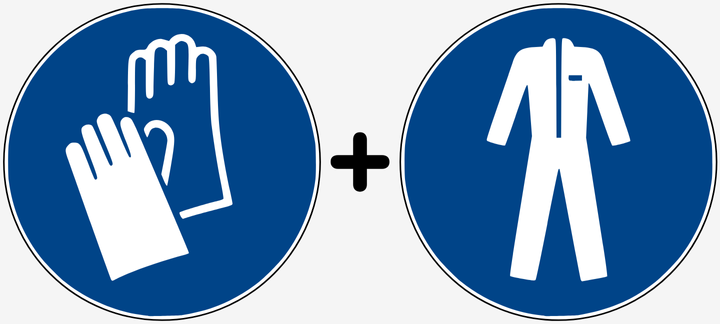
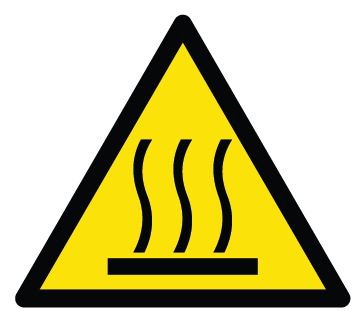
Skin Hazard
Exposure to infrared (IR) and UV light radiation can cause serious injury
to the skin. Operators and all personnel working within the Laser Controlled Area must
wear protective clothing including laser-resistant and heat resistant gloves, caps,
leather apron and other laser-resistant and heat-resistant clothing. Sleeves and collars
should be buttoned at all times.
Depending on the intensity of the IR light, skin injuries may also include thermal burns
or excessive dry skin. Exposure to UV light may cause sunburn and will increase a
welder's risk of skin cancer and accelerated signs of skin aging. Welding sparks may
also cause burns. Laser beam can penetrate through metal parts to objects or persons
on the other side. Never hold parts for processing in a position where laser
penetration of the metal may result in a hazard.
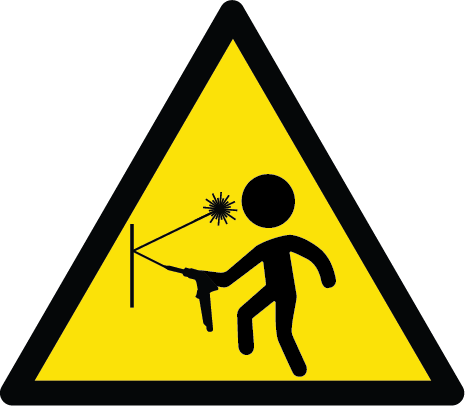
Reflected Beam Hazard
Highly reflective metals such as aluminum and copper may cause reflection
of the laser energy away from the target weld site to the laser source or surrounding
area and may present a hazard to all individuals in the Laser Controlled Area. All
individuals in the Laser Controlled Area must wear all recommended PPE, including IPG
laser safety glasses and IPG welding helmet with face shield. Spectators should never
attempt to view the welding process or processed part from the opposite side of the
LightWELD device laser source. Spectators should only attempt to view the welding
process or processed parts from behind the operator of the LightWELD device, and only
when wearing all recommended PPE.
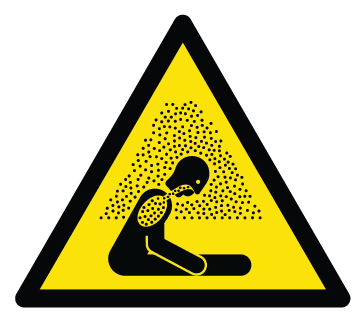
Fume Hazards
Welding "smoke" from interaction of the laser beam with target materials
can be comprised of very fine particles which can damage the lungs, heart, kidneys, and
central nervous system. During welding, aways keep your head away from fumes. Always
weld in an area with adequate ventilation and use a fume extraction system to remove
vapors, particles, and hazardous debris from the welding processing area.
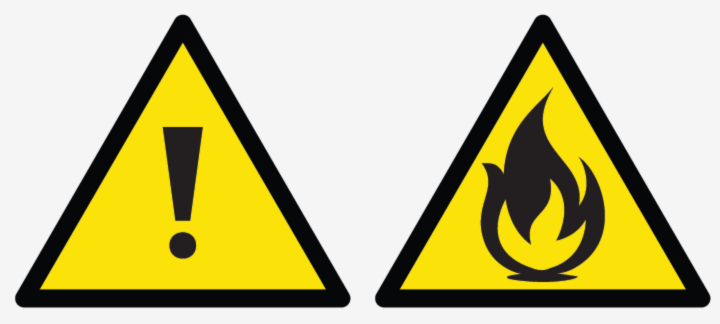
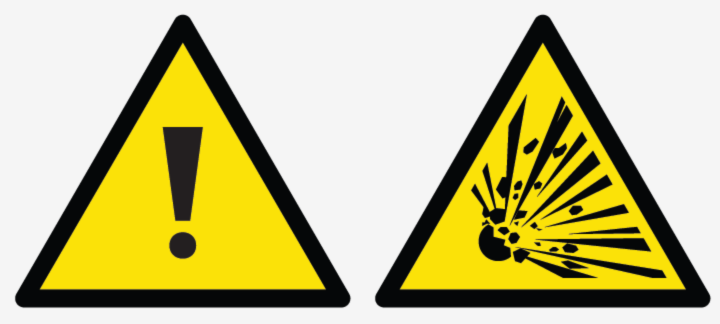
Other Hazards
Welding heat and sparks can start a fire or cause an explosion in
combustible or flammable materials in the welding area. Laser welding should only be
performed in an area free of combustible or flammable materials. Never weld on
containers that have flammable or combustible material. If the contents of a container
are unknown, you should assume that they are flammable or combustible.
Gas cylinders must be stored only in areas where they cannot be struck by welding beams,
sparks or laser beam deflections. Working regulators suitable for proper storage and
pressure regulation of any gases are required. All hoses and fittings must also be
suitable for the gas types and pressures used in the welding application.
*As defined by ANSI, a Laser Controlled Area is "a laser use area where the
occupancy and activity of those within is controlled and supervised. This area may be
defined by walls, barriers or other means. Within this area, potentially hazardous beam
exposure is possible." Laser controlled areas are generally enclosed areas capable of
absorbing stray laser energy and equipped with a safety interlock to the laser to
prevent unauthorized access while laser is in use.


